I’ve seen them perform on several occasions and I would quiver as these brave souls climbed atop each other to build human towers, often exceeding 7-8 levels high! It’s an impressive show of strength, teamwork, balance and most of all, courage, but I often wondered what motivated them to go to such extraordinary lengths to perform something so dangerous. In my mind, these ‘castellers’ (tower builders) were absolutely mad!
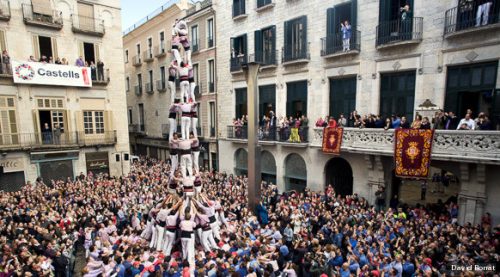
The origins of human towers or castell
The tradition of building human towers (‘castell’ or castle in Catalan) originated in Catalonia, Spain in the early-18th century. These days, there are many casteller schools scattered across Catalonia and they perform at various festivals throughout the year, such as the Sant Narcis festival (held every October in Girona). In 2010, the significance of the castells in Catalan culture was internationally recognised when it was added to the UNESCO Intangible Cultural Heritage list.
On one of my visits to Costa Brava (the region north of Barcelona), I visited the Marrecs de Salt casteller group at their school in Salt, just outside Girona. I wasn’t quite sure what to expect but it turned out to be a wondrous and educational experience.

Building a human tower or castell
A castell is successful when the tower is assembled and disassembled in a successive progression. The assembly is finished when the castellers are in their designated positions and the ‘enxaneta’ (the peak) climbs to the top and raises his/her hand (more specifically, four fingers). In a continuous motion, the enxaneta then descends from the top, followed by the castellers until everyone is back on ground level. The ‘pinya’ (the base) is composed of the strongest castellers as they carry the weight of the tower.
Watch this time-lapse video of the casteller practising at the Marrecs de Salt school:
Unity, strength and balance
The school was packed with men, women and children of different ages who were constantly on the move. As I looked around, my attention was grabbed by the kids (they couldn’t have been older than 6-7 years-old) who gleefully bounded around the practice mats with their thick helmets on. They listened intently to their teachers, who never stopped yelling instructions. The adult castellers chatted non-stop as they discussed positions and gave each other continuous feedback.

Despite the seemingly chaotic scenes, I felt a strong sense of unity and discipline in the group. Slowly but surely, I began to understand the value of the casteller tradition. Everyone – from the kids to the adults and from the Catalans to migrants – was welcome and each was responsible for their specific role. Discipline, communication and teamwork are paramount, and this contributed to an incredible show of unity, strength and balance. The (life) lessons to be learned here were unmistakable.

I left with loads of admiration for the castellers, the casteller tradition and its value to the Catalan culture. This is an authentic Catalan experience I can definitely recommend! If you’re visiting Girona, drop by the Marrecs casteller school or get in touch with them (via their Facebook page) to check what their practice times are.
Read more about things to do and see in Costa Brava.
Note: a big thank you to the Costa Brava Tourism Board for your wonderful hospitality. As always, all views expressed above are mine, and mine only.

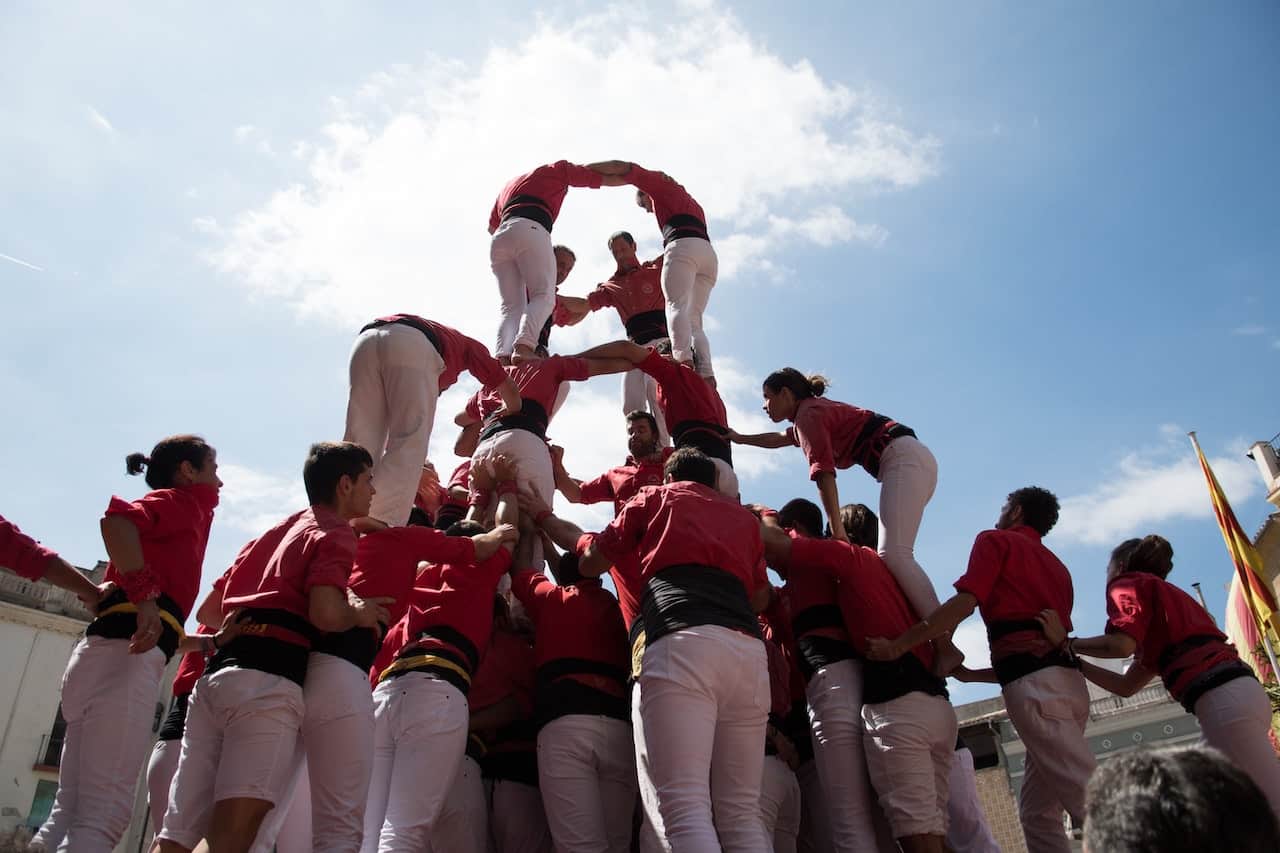
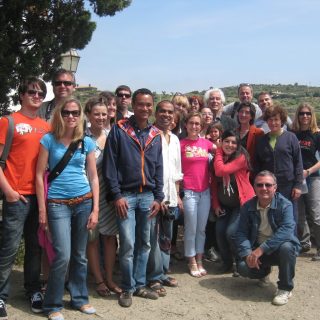
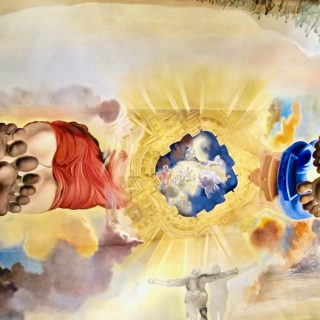
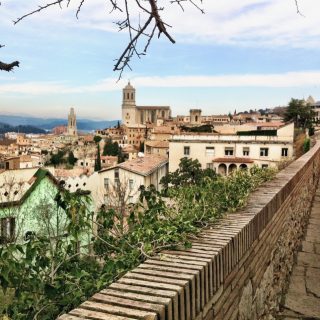
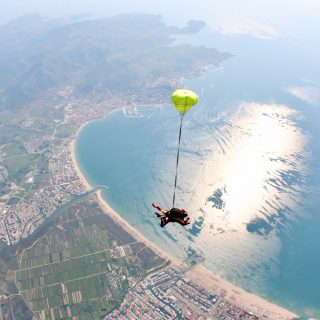






Everything leading up to the castells almost piques your curiosity more than the towers themselves.
Hi Cara,
Wow, thanks for your comment and the wonderful history lesson!
Cheers,
Keith
This is a great article – it definitely has been through a lot. The Catalan independence movement is a political and popular movement, derived from Catalan nationalism, which seeks the independence of Catalonia from Spain. The Estelada flag, in its blue and red versions, has become its main symbol to represent this. The political movement began in 1922 when Francesc Macià founded Estat Català (Catalan State). In 1931, Estat Català and other parties formed Esquerra Republicana de Catalunya (Republican Left of Catalonia; ERC), which won a dramatic victory in the municipal elections of that year. Macià proclaimed a Catalan Republic, but after negotiations with the leaders of the new Spanish Republic, he instead accepted autonomy within the Spanish state. In the Spanish Civil War, General Francisco Franco abolished Catalan autonomy in 1938. Following Franco’s death in 1975, Catalan political parties concentrated on autonomy rather than independence.
Makes sense that there’s a school for that sort of thing – it’s not something you just decide to do on a lark. Impressive nonetheless!
Their balance is amazing! I know I could use some of that too! Haha! 😉
Now, that’s quite amazing! The castellers must have REALLY good balance – we could use some of that when tripping around (literally) some ancient ruins and sites…